Extroverted Cognitive Functions Versus Introverted Cognitive Functions
Let’s get real nerdy.
Cognitive function level nerdy.
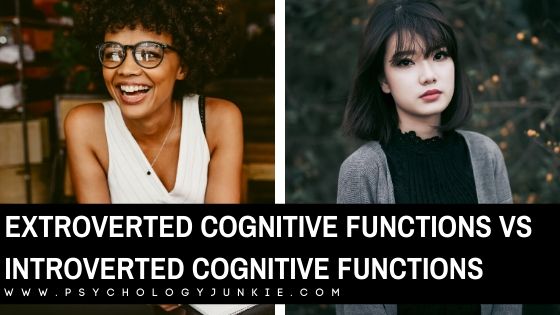
When first describing type, Carl Jung coined the terms Objective and Subjective to distinguish between extroversion and introversion.
“Introverted and extroverted types. When we consider the course of human life, we see how the fate of one individual is determined more by the objects of his interest, while in another it is determined more by his own inner self, by the subject.” – Carl Jung, Psychological Types
Where extroverted functions (ex. Extraverted Feeling) are objective, in contrast, introverted functions (ex. Introverted Feeling) are subjective. Objective functions focus around the “object”, external reality. Subjective functions relate information back to the “subject”, what is stored within you.
Now, this is the theoretical bread and butter of MBTI®. Meaning this is the crux to decoding your personality. Understanding this will give you a firmer grasp on typology and help you unlock shades of depth to your type lexicon.
To truly comprehend this differentiation, you need to know what “Objective” and “Subjective” mean precisely. These words are key to understanding your functions, and ultimately your own mind’s wiring, at a core level.
If you aren’t sure which cognitive functions you use click here or if you don’t know your personality type, take Psychology Junkie’s test here. Hey, even this article can be a useful tool in your toolbox for discovering your best fit type too!
We all use extroverted functions and we all use introverted functions. Each cognitive function has an orientation, external and internal. This is why no one is a complete introvert or extrovert – we ALL have introverted and extroverted tendencies.
“In one case an outward movement of interest towards the object, and in the other a movement of interest away from the object to the subject and his own psychological processes.” – Carl Jung, Psychological Types
The Four Extraverted Cognitive Functions Are Called:
Extraverted Feeling (Fe)
Extraverted Thinking (Te)
Extraverted Sensation (Se)
Extraverted Intuition (Ne)
The Four Introverted Cognitive Functions Are Called:
Introverted Feeling (Fi)
Introverted Thinking (Ti)
Introverted Sensation (Si)
Introverted Intuition (Ni)
Here’s a brief description of each of these functions:
Extraverted Intuition (Ne) (Valued Function of ENFPs, ENTPs, INFPs, and INTPs): Ne finds connections, patterns, and relationships between the things it sees and experiences in the outside world. It produces and generates possibilities and alternatives. It can see a tree and immediately come up with 1000 ways to view the tree. It can notice something happening in one corner of the room and connect it with a different thing happening in another place entirely.
Introverted Intuition (Ni) (Valued Function of INFJs, INTJs, ENFJs, and ENTJs): This function works on its own timetable in unpredictable ways, noticing subtleties and asking, “What else is going on here?” Ni is focused on foreseeing trends, patterns, and implications. When someone is tapped into this mental process they see the underlying meaning attached to what’s going on around them. They get flashes of insight into the essential nature of things and their complex interrelationships.
Extraverted Sensation (Se) (Valued Function of ESTPs, ESFPs, ISTPs, and ISFPs): Se is focused on the current, objective, external world, and reality. SP personality types want to immerse themselves in the details of their environment. They want to absorb energy and enjoyment from nature, action, people, and events. When you’re in tune with the world around you, highly aware of all that’s happening, and ready to respond reflexively, you’re using Se. Whether this means you’re playing a sport, dancing, tasting exotic new food, playing dodge-ball, rescuing someone from a burning building, or simply swapping jokes with someone new.
Introverted Sensation (Si) (Valued Function of ISFJs, ISTJs, ESFJs, and ESTJs): Si compares and contrasts what’s happening now with images of what has happened in the past. Si-users absorb personal impressions and memories. They use past experience as a guide for exploring what’s happening right now – How could your life lessons improve this current experience? How does this compare? What has changed? Sensing-Judging types see the current world through a set of subjective internal filters. It’s as if the current experience is overlaid with lush images of comparable past experiences. This makes them quick to notice patterns and inconsistencies.
Extraverted Feeling (Fe) (Valued Function of ESFJs, ENFJs, ISFJs, and INFJs): The outer world of people, their needs, emotions, and values is the world that drives Feeling-Judging personality types. Fe is driven to interact with people, to understand what’s important to them, and to maintain harmony. FJ types seem to have an innate sense of the emotional “temperature” of the room they are in and they try to make sure people feel like they are valued and given a priority. They are likely tactful, polite, and sensitive to praise and criticism. They seek to improve social dynamics to foster cooperation within a community.
Introverted Feeling (Fi) (Valued Function of INFPs, ISFPs, ENFPs, and ESFPs): Fi focuses on one’s inner world and what seems right and authentic to them. It’s the part of you that assesses whether you’re living in congruence with your beliefs, or in alignment with what you love. It’s the voice in someone’s head that says, “Forget social conventions. I need to do what I think is right.” Fi-users track inner motives and intentions rather than outward appearances. They focus on the individual rather than the collective.
Extraverted Thinking (Te) (Valued Function of ENTJs, ESTJs, INTJs, and ISTJs): Te likes organizing the outer world for maximum efficiency and effectiveness. Thinking-Judging types are energized by reaching goals and are quick to spot inefficiencies that get in the way of those goals. They are skilled at clarifying rules, regulations, and standards. They highly value competence in others and themselves. They are typically strong believers in fairness and justice and believe that each person is independently responsible for their own actions and should be held accountable to a universal set of rules.
Introverted Thinking (Ti) (Valued Function of INTPs, ISTPs, ENTPs, and ESTPs): Ti-users are driven to understand the logical principles of everything around them. They seek mental precision and clarity in everything that they do. They want to know how all the pieces of a puzzle fit together – how every piece of a theory or machine works. They long for accuracy and for things to “make sense.” It’s especially crucial for them to know how to do things and how systems are composed and fit together. They like figuring things out in their own way without being micro-managed.
Objective vs Subjective Cognitive Functions
Objective means your attention is primarily directed at preoccupations outside of oneself. Extroverted functions are constantly interacting with, doing a back and forth with the external world. Objective is the primary reality for extroverted functions, where things outside of a person take precedence.
Subjective means you’re attuned to how things relate back to one’s inner world, introverted functions have personal abstractions that are very real to the self. Their primary reality involves interacting with their internalized ideas, perceptions, and viewpoints. They are constantly referring back to what is stored within themselves. Hence why it is subjective.
Extroverted functions are WORLD referencing, they relate impressions gathered from the world to immediate connections that come to mind. Their attention is directed outwardly to events and ideas external to the self. They find it rewarding to get absorbed in and engage with thoughts and activities outside of themselves. They gain energy from focusing on external happenings or external ideas and concepts from “the world.”
Introverted functions are SELF-referencing, they relate impressions gathered from the world back to the self. They tune out of the environment in exchange for further understanding of their internal responses and their own ideas. They aim to analyze and separate what belongs to them versus what belongs to the world. They find it rewarding to draw fine distinctions between what they believe versus the noise of whatever else is around. They gain energy from focusing on their internal reflections, on being able to refine and define their own perceptions and preferences by concentrating on “the self.”
Here are some infographics to help you get a better understanding of the differences:
Extroverted functions can be clearly seen and observed. They have a need for interaction with something outside themselves. They’re continually seeking a positive and stimulating exchange.
Se and Ne have a constant need for stimulation and novelty. Ne is stimulated through generating ideas and Se experiences novelty through directly engaging with the physical world. Fe and Te have a need for consistent guidance or assurance through feedback. Fe is constantly gauging the relational pulse of its interpersonal dynamics and Te is constantly measuring performance outcomes.
Introverted functions, in contrast, have a hidden dynamic. They need to ruminate on the knowledge kept in the inner world, and their conclusions will be less obvious to others.
Ni and Si need a stable way to make sense of the reality around them. Ni seeks to figure out the consistent themes behind reality and Si seeks to remember specific facts they can rely on. Ti and Fi consult with themselves to make sure their decisions align with their inner truth. Ti wants to be internally consistent with its logical process and Fi wants to be internally consistent with its authentic values.
Thank you for reading this one girl’s ultra nerdy ramble. If you liked this article, check out my YouTube channel! Or check out more of Susan’s lovely articles.
Other Articles That Can Help You Understand the Cognitive Functions:
The Cognitive Functions – What Are They?
An Introduction to the Cognitive Functions in Myers-Briggs® Theory
The Cognitive Functions Expressed in Famous Quotes
What Are Your Thoughts?
Did you enjoy this article? Do you have any further insight to add? Let us know in the comments! Find out more about your personality type in our eBooks, Discovering You: Unlocking the Power of Personality Type, The INFP – Understanding the Dreamer, or The INFJ – Understanding the Mystic. You can also connect with Joyce on her YouTube channel!
About the Author:
Works Cited
Jung, C. G. (2017). Psychological types. Abingdon, Oxon: Routledge.
Subscribe to Our Newsletter

Want to discover more about personality type? Get the inside scoop with Susan Storm on all things typological, along with special subscriber freebies, and discounts on new eBooks and courses! Join our newsletter today!


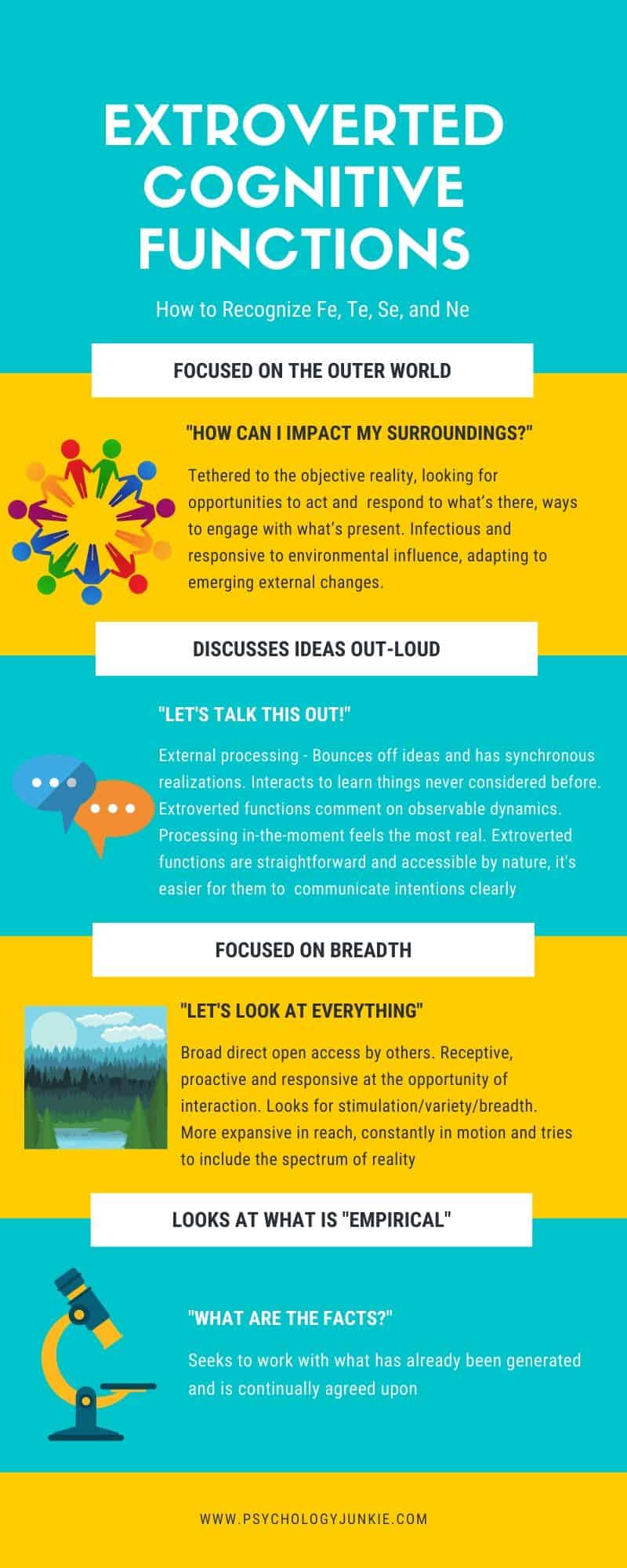
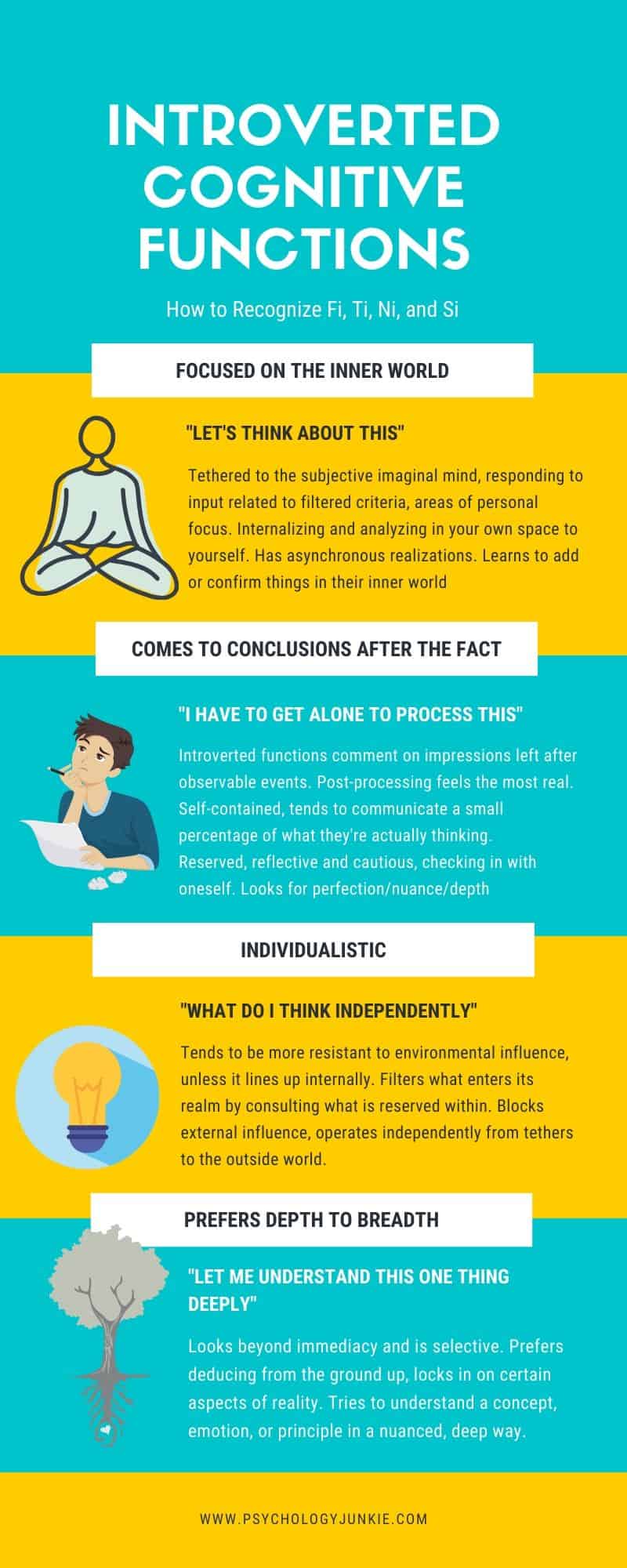


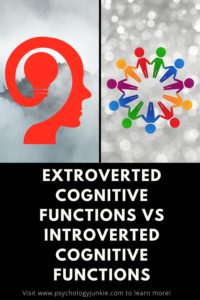








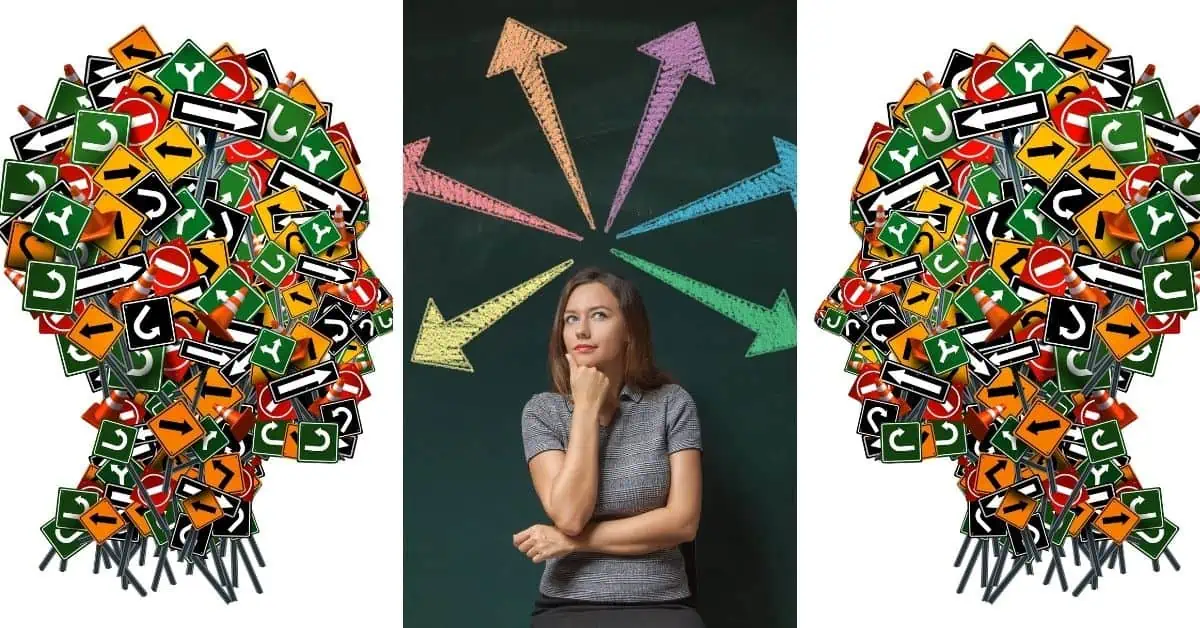


Great site. Great article. But I was directed here by the google machine when asking why the cognitive functions alternate between I and E? Why can’t someone just simply be Ti/Ni/Si/Fi? I’m guessing is the answer is based on the theory, but what’s behind the theory? Observation? Data? What supports the idea of the alternating I/E? I own Psychological Types, but I’m a lazy INTP, and should probably figure this out myself. But you guys here have been thinking this stuff through in a more concentrated way that I have.